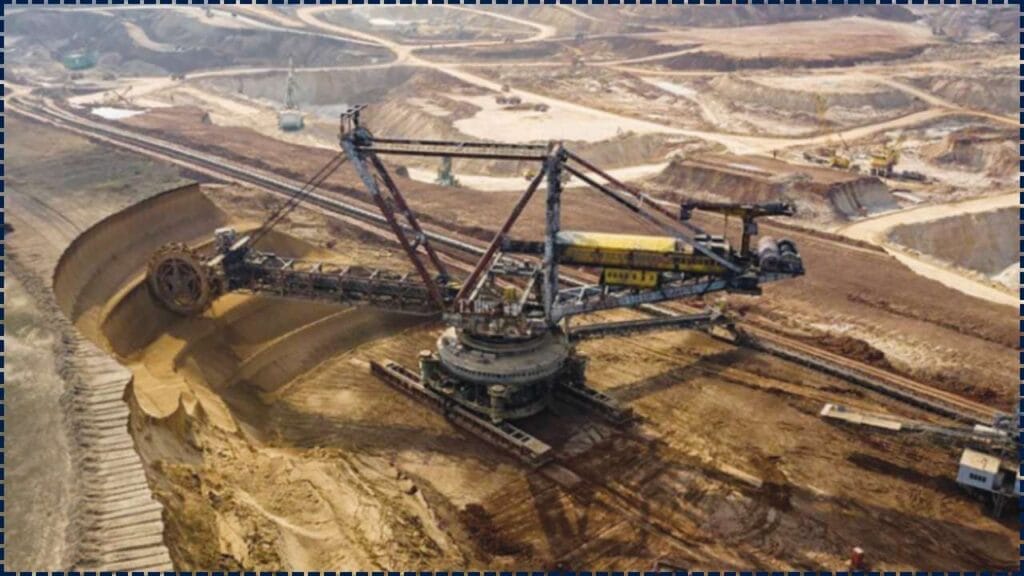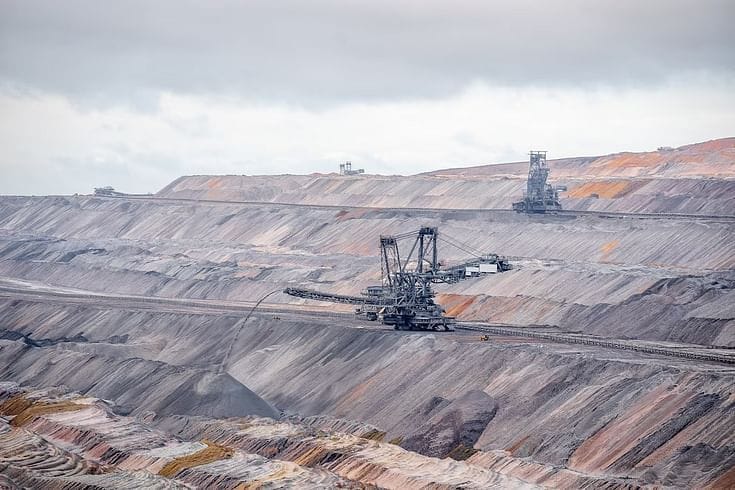Critical Minerals Face Global Supply Chain Challenges as Demand Surges for Energy Transition—that’s the straight talk. These essential minerals—lithium, nickel, cobalt, copper, rare earths—are the gears turning our green energy future: EVs, wind turbines, solar panels. But here’s the rub: demand is blowing up, and the supply network is on shaky ground.

Energy and mining shape our world, powering homes, schools, and dreams while protecting our planet. These fields can seem complex, like wildfire smoke spreading fast, but they touch every life—from kids to professionals. This simple, heartfelt guide, written in 2025, explains energy and mining so a 10-year-old can understand, while offering workers and leaders clear tools, data, and career paths to make a difference with care and hope.
Critical Minerals Face Global Supply Chain Challenges
| Aspect | Details |
|---|---|
| Essential minerals | Lithium, nickel, cobalt, copper, rare earths—powering EVs, batteries, turbines (ft.com) |
| Demand surge | Lithium demand could grow 50× by 2040; overall need may double to quadruple by 2040 |
| Supply chokeholds | China controls ~95% of rare-earth refining; Indonesia leads with 61% of global nickel refining |
| Policy risks | US IRA tax credits are strong—but possible rollback could jeopardize domestic mining |
| Indigenous & ESG focus | Projects like Canada’s Ring of Fire and Thacker Pass need proper tribal consultation and ESG frameworks |
| Deep-sea mining hopes | Governments eyeing seabed nodules, but marine protections remain weak |
| Investment gap | Clean-tech could need up to $4.1T by 2050; US specific needs include $21B for lithium alone by 2025 |
| Career & professional roles | Mining engineering, geology, ESG, battery R&D, recycling logistics, AI-driven exploration |
Critical minerals aren’t just rocks—they’re fuel for our green revolution. But today’s supply lines are brittle—too reliant on a few players, underfunded, under-regulated. Success means doing mining right: diversify sources, green the processes, train the next gen, and include communities at every step. That’s how we keep the EVs rolling, the lights on, and the planet safe.

Why We Need These Minerals—And Why Supply is Messed Up
They’re More Than Rocks
These are the lifeblood of modern tech: lithium for batteries, cobalt & nickel for energy storage, rare earths for motors, copper for wiring. No supply = no clean energy revolution. (fdiintelligence.com)
Demand Is Going Nuclear
According to IEA, lithium demand may be 50 times higher by 2040. Other minerals could increase 2–4× the same year. That’s pressure. (vox.com)
Supply Chain Jenga
China dominates rare earths and refining—Indonesia dominates nickel. One export halt, price spike, or diplomatic spat could wreck industries globally.
Government Moves & Market Shocks
China Tightens Rare Earth Flow
China just restricted rare-earth exports again, echoing its 2010 supply shock—sending pricey waves through the market.
Indonesia’s Nickel Play
By outlawing raw ore exports in 2014 and building refining plants with Chinese partners, Indonesia now refines 61% of the world’s nickel used for EVs—dominating the market.
U.S. Policy Jumpstart—and Risk
IRA tax credits supercharged US mining expansion. But talk of trimming those incentives could chill investment.
Canada & Australia Charging Forward
Canada is fast-tracking projects like Ontario’s Ring of Fire with billion-dollar infrastructure & First Nations funding—but tribal groups are calling foul for better consent.
Australia plans green incentives for minerals, but companies warn rising bureaucracy could slow momentum.
Risks to Watch
Tribal, Indigenous & Environmental Rights
Projects like Thacker Pass (Nevada) and Ring of Fire (Ontario) show mining can hurt Indigenous communities if done without consent—so respectful, transparent engagement is not a bonus, it’s critical.
ESG or Bust
Mining needs robust ESG—on-the-ground training, whistleblower systems, third-party audits, full transparency. Good ESG = survival, not spin.
Workforce Crunch
North America faces a mining talent crisis. In Canada, only 1 in 3 youth wanna work in mining. US estimates show a wave of retirements—without training it could stall extraction.
The Investment Cliff
Forget small bucks—Future minerals need $4.1T globally through 2050, including $21B for lithium and $100B for copper. Slow funding equals shortages and higher costs.
Deep-Sea Mining Debate
Governments eye deep-sea nodules rich in cobalt & nickel—but marine ecosystems are fragile, regulations are murky, and the environmental impacts are largely unknown.
Related Links
The Truth About Tariffs and the U.S. Trade Deficit — Are We Heading Toward a Crisis?
Major Lithium Deposit Found in McDermitt Caldera Could Boost US EV Industry: Check Details!
Guide to Strengthen Supply Chains
- Fast-Track and Fund Smart Mining: Streamline permitting with strong environmental and community protections. Prioritize shovel-ready projects in Thacker Pass, Ring of Fire, and friendly regions.
- Invest in Recycling: Battery and electronics recycling could reduce virgin lithium demand by 25–40%. US and international incentives are needed to scale this.
- Diversify Sources: Support mines in Australia, Canada, Southeast Asia, Latin America—and survey deep-sea and extraterrestrial options. Build buffer stocks.
- Scale Workforce Training: Governments and industry should back mining schools and training programs (see MiHR in Canada). Focus on women, Indigenous peoples, youth.
- Institute ESG Controls: Train staff, implement whistleblower desks, partner with independent advisors to meet global standards on land, water, labor, and ethics.
- Use Policy & Trade Tools: Support the Minerals Security Partnership’s approach to high-standard mining and recycling alliances. Enforce conflict mineral rules like US Dodd-Frank and EU due-diligence laws.
Who’s Got the Jobs—and Critical Minerals Face Global Supply Chain Challenges Jump In
- Geologists: Locate new deposits with AI tools.
- Mining Engineers: Build eco-friendly digs, underground or open-pit.
- Battery Chemists: Create low-mineral chemistries (tie in LFP, sodium-ion).
- ESG Analysts: Set up compliance programs, supply-chain audits.
- Indigenous Liaisons: Negotiate benefits, cultural protections.
- Recycling Engineers: Turn batteries into tomorrow’s minerals.
FAQs
Q1: Why are these minerals “critical”?
They’re the backbone of electric grids, batteries, motors, and defense tech. No substitutes, no clean future.
Q2: Isn’t China going to dominate forever?
Not if others scale fast. China built infrastructure decades ago. But with policy action, the US, Canada, EU, India can catch up.
Q3: Can recycling make miners obsolete?
Not yet. But recycling could cut new lithium use by ~40%, easing pressure and boosting sustainability.
Q4: What about deep-sea mining?
It’s in early stages. Regulations are baby steps and environmental impact is still unknown. We gotta be careful.
Q5: How can I help?
Support smart mining, advocate for recycled tech, encourage Indigenous and worker inclusion—every vote, purchase, policy step counts.








